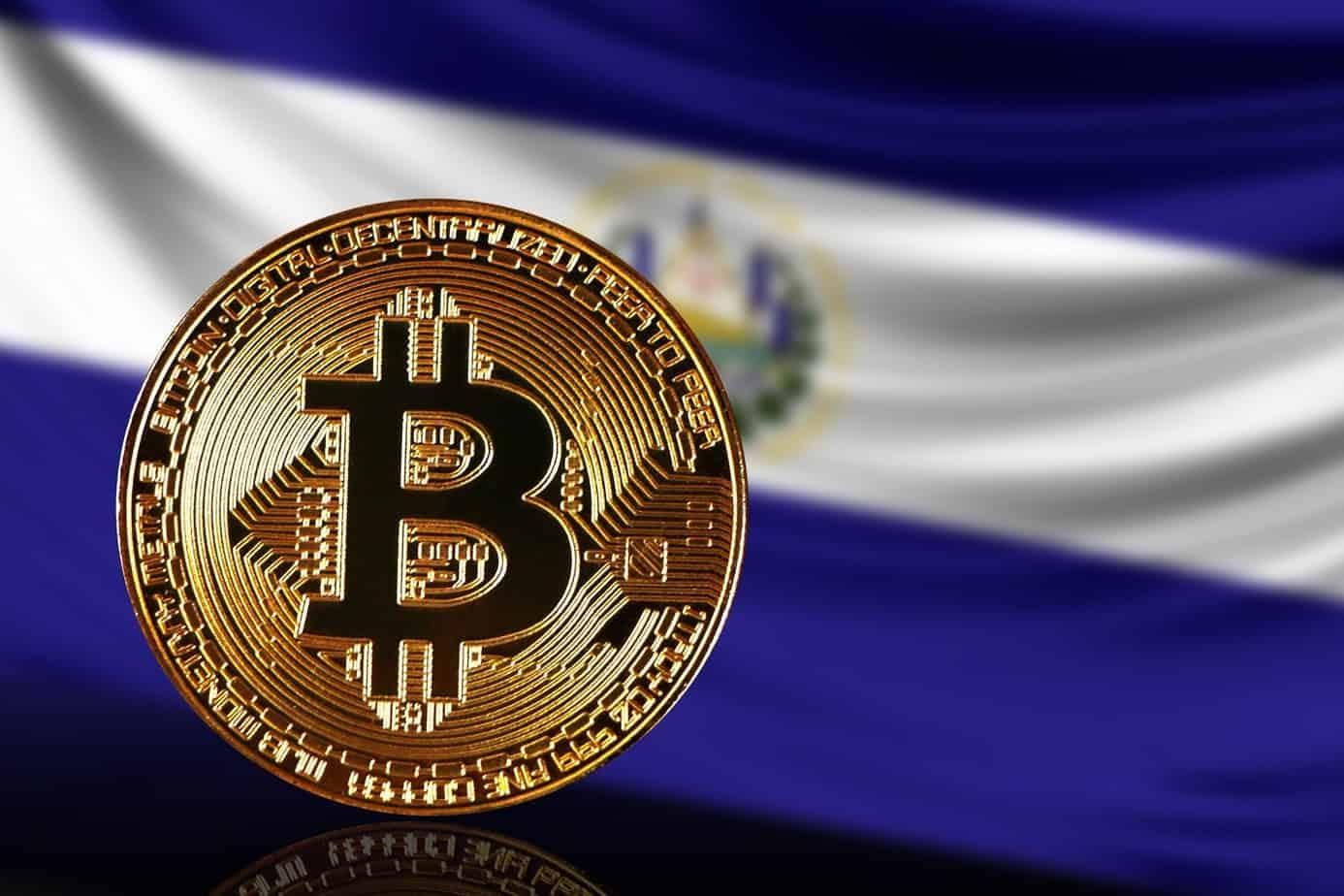2018-7-27 21:49 |
How Can We Avoid The Coinbase Effect? Do We Even Want To Avoid The Coinbase Effect?
The crypto community is home to something called the Coinbase effect. The moment Coinbase declares its interest in trading a token, it causes the price of that token to surge.
Coinbase has an undeniable effect on cryptocurrency markets. But should a single exchange really have that much power? How can we avoid the Coinbase effect? Do we even want to avoid the Coinbase effect?
Aditya Das at Brave New Coin recently explored the issue in an article titled, “Deconstructing the Coinbase Effect.”
“Coinbase is often considered the benchmark for a digital asset infrastructure project,” explained Das in his article. “Its CEO Brian Armstrong recently topped the first ever Forbes crypto 40 under 40 list (as well as making an appearance on the main list). The company was also reported to have revenue exceeding a billion USD for 2017. Recently, it released a Q2 2018 report detailing a wave of new hires, business acquisitions, investments and products, signalling strong health in the short and medium term.”
For all of these reasons and more, Coinbase is one of the largest and most influential names in the crypto space.
Before exploring the Coinbase effect, Das dives into the history of Coinbase. The company was launched in 2012 as a digital bitcoin wallet. Today, the company has shifted into acting as a digital asset broker for retail customers, making it easy for anyone – particularly beginners – to purchase cryptocurrency in exchange for fiat currency. Coinbase is available in 33 countries around the world.
In addition to its brokerage service, Coinbase has a built-in trading platform called Coinbase Pro (formerly known as GDAX). Coinbase Pro lets you buy and sell cryptocurrencies using a traditional exchange interface.
Today, the most exciting new service offered by Coinbase could be its custodial services for institutions. Coinbase has launched a custodial crypto service, allowing it to securely store and manage funds on behalf of hedge funds, asset management firms, and similar institutional investors.
How Does Coinbase Choose Which Coins To List?Coinbase is famously picky about which coins to list. Other exchanges seem to jump on the “flavor of the week” and list any coin that’s currently popular. Coinbase, however, specializes in a small number of fiat currencies and cryptocurrencies: there are just 12 trading pairs available on Coinbase, compared to hundreds on other exchanges.
Here’s the process a coin needs to go through before being listed on Coinbase:
An initial review of Coinbase’s internal asset selection committee A legal and risk review phase An approval process from Coinbase’s executive committee An assessment of the coin’s core code and engineering facilities A final assessment of the asset’s liquidity capabilities, price stability, and financial performanceCoinbase requires members of its asset selection committee to follow strict confidentiality obligations regarding which coins are being considered for listing.
The selection committee judges coins based on something called the GDAX digital asset framework. Essentially, this framework identifies coins that align with Coinbase’s core values. The framework is surprisingly subjective – although this subjectivity is useful considering how much coins can differ from one another.
How The Coinbase Effect WorksCoinbase is famously picky about its selection process. That’s one reason why the Coinbase effect exists. When Coinbase approves a coin, it means the coin has gone through a rigorous selection process. It adds a layer of legitimacy to an industry with few checks and balances in place.
Litecoin, for example, went live in October 2011. It wasn’t until May 2017, however, that Litecoin was listed on Coinbase. When Coinbase listed Litecoin, it caused an immediate surge in transaction volume. Litecoin was trading at $24.20 prior to the announcement on May 4, then rose to $48.40 by June 18, just 6 weeks later – a rise of 98.43%.
As Das at Brave New Coin points out, a similar effect was recently witnessed with Ethereum Classic (ETC). Coinbase announced that it would be adding ETC to its platform, causing an immediate price rise of $12.65 to $16.53, or 30%. Over the same period, ETC’s competitor, ETH, fell by 10%. It’s important to note that ETC hasn’t even been officially added to Coinbase, and it’s not yet available for trading on Coinbase Pro.
Similar speculative jumps have been seen with popular, non-Coinbase listed tokens like Stellar Lumens (XLM), 0x (ZRX), BAT, Zcash (ZEC), and Cardano (ADA). Coinbase hasn’t tipped its hat as to whether or not these coins will be listed, although the exchange has indicated an interest in all of these tokens. Investors jump on board early in anticipation of a large rise in price when Coinbase does list the token.
The Coinbase effect doesn’t last forever. Here’s how Das explains what happens next:
“Prudent Investors should put credence to the idea that many new buyers are not particularly interested in any fundamental or technological factors underlying these projects, and are likely to quickly sell off any newly acquired tokens if there is a reversal in the current positive sentiment.”
Nevertheless, if you trust Coinbase’s selection process, and you believe in the future of crypto, then you’d be smart to hold your coins long-term. Buy before Coinbase announces the listing, and then hold the coins while the projects continue to grow. If you can do that, then you can maximize the Coinbase effect – assuming you trust Coinbase’s selection process.
origin »Effect.AI (EFX) íà Currencies.ru
|
|





